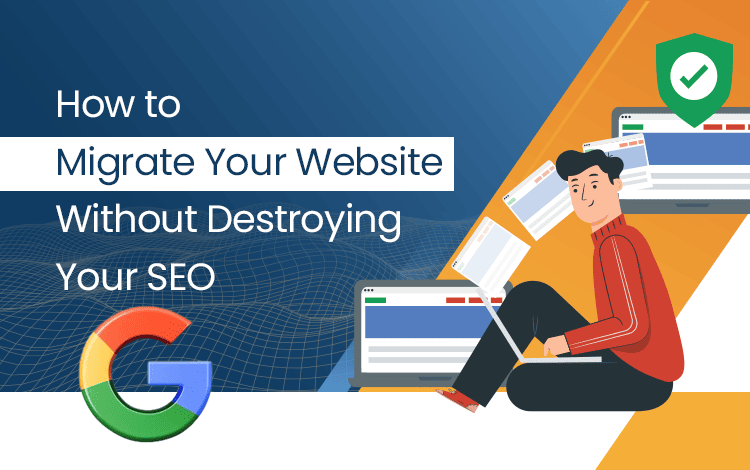In a recent installment of Ask Googlebot, Google Search Advocate John Mueller addressed a common concern among small business owners. Many businesses engage in the process of launching a new website while still maintaining their existing one. Mueller was posed with the question of whether owners should delete the old site upon the launch of the new one.

Here is Mueller’s guidance:
Guiding the Transition from Old to New Websites
Mueller emphasized the importance of eliminating or revising the outdated website. This is crucial because retaining conflicting information online has the potential to bewilder users and adversely impact SEO. The presence of inconsistent details, such as altered business hours or addresses on both sites, can lead to customer frustration and complicate the accurate indexing and ranking of pages by search engines.
To optimize both user experience and SEO performance, it is imperative to ensure that the old site is no longer publicly visible or is updated to align with the current information.
Optimal Approaches for a Seamless Transition
According to Mueller, the recommended solution is to integrate redirects from the old site to the new one.
“Ideally, you’d redirect the old website to the new one,” Mueller emphasized. This not only assists users in locating the accurate website but also facilitates the transfer of any existing signals to the new domain, potentially enhancing its ranking.
Mueller advises seeking assistance from a web developer or hosting provider to ensure the proper implementation of redirects. He suggests maintaining the redirects for at least one year to ensure a smooth transition for both users and search engines.
Comprehending the Significance of Redirects
Redirects play a crucial role when transitioning from one website domain to a new domain, offering key advantages in the process. Firstly, redirects ensure that users attempting to access the old website domain are automatically redirected to the new domain.
Secondly, redirects facilitate the transfer of the value associated with links pointing to the old domain to the new domain. This transfer of link equity is indispensable for maintaining the search engine ranking of the new website. Without redirects, changing domains may adversely impact both user experience and SEO.
Guide on How to Implementing Redirects
During the relocation of a website, one of the most prevalent and recommended types of redirects is the 301 permanent redirect. This redirect effectively transfers link equity or ranking power from old pages to new pages.
To set up these redirects, it is essential to first delineate which old URLs should direct to which new ones. Subsequently, depending on your web server, you edit either the .htaccess file (for Apache) or server config files (for NGINX) to establish the redirects.
Many content management systems, such as WordPress, also offer plugins that can automatically create these redirects during the site migration.
When Redirects Are Not Feasible
Mueller proposed alternative approaches for managing old websites when redirects to a new domain are impractical. Initially, updating the old site with a notice informing visitors of the content’s relocation to a new domain is recommended. If this cannot be accomplished, taking down the old site entirely is another option.
Mueller assured that if neither of these options is viable, search engines would not penalize the new site for outdated content on the old domain. However, he cautioned that both the old and new websites might continue to appear in searches for a period, necessitating clarification for users encountering the old content.
How To Convert the Difficulties in Enterprise SEO into Advantageous Prospects
Post-Transition Monitoring and Communication
Following the transition, it is essential to closely monitor the process to ensure a seamless experience:
- Use analytics software to verify the proper functioning of redirects, ensuring that traffic is directed to the intended destinations.
- Continuously track search engine rankings to promptly identify any unexpected declines that may signal issues with the transition.
- Inform users about the change through various channels such as emails, social media, and website announcements to keep them well-informed and prevent any surprises during the transition.
The move to a new website represents a significant change for any business. Meticulously managing this transition is crucial for preserving search engine rankings and providing users with a seamless experience.
The guidance provided by Mueller and the additional insights presented in this article should prove valuable in ensuring a smooth transition from an old site to a new one.
Would you like to read more about “Google on How to Move To A New Website Without SEO Issues” related articles? If so, we invite you to take a look at our other tech topics before you leave!
Use our Internet marketing service to help you rank on the first page of SERP.












